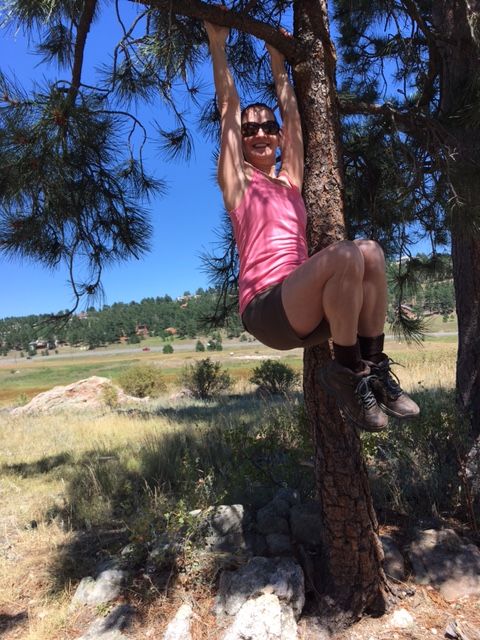Tag: self-awareness
Vitality at EVERY Stage of Life
Written by Cheryl on . Posted in Health Tips.
A Unique Form of Movement Therapy: Feldenkrais!
Written by Cheryl on . Posted in Fit Tips.
Unlock Your Jaw and Heal Your Pain
Written by Cheryl on . Posted in Fit Tips.
Self-Confidence Is the Best Self-Defense
Written by Cheryl on . Posted in Ninja Notes.
Breaking Up Is Hard To Do….Or Not
Written by Cheryl on . Posted in Cheryl's View.
Feldenkrais® Training: Who’s that lady?
Written by Cheryl on . Posted in Cheryl's View.
Neuroplasticity and getting out of that rut….
Written by Cheryl on . Posted in Cheryl's View.
Strong arms, soft shoulders.
Written by Cheryl on . Posted in Feldenkrais.
Cheryl Ilov International
Email: info@Cherylilov.com










